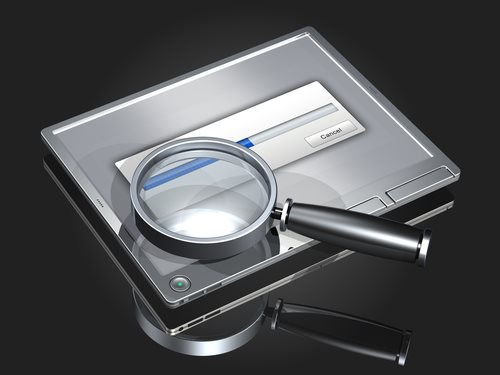
What is Anti-Virus Software?
Anti-Virus Software is a computer program that is used to prevent,
detect and subsequently remove various forms of malware, including computer
viruses, computer worms, Trojan horses, adware, and spyware. The programs can
be purchased in computer stores or downloaded through the Internet.
Anti-virus software may be purchased and installed or downloaded
from the Internet to disinfect a user’s computer. Anti-virus software will
incorporate various programs and techniques to identify the presence of
malicious software or computer viruses. These forms of software may damage a
computer or compromise personal information stored on a system.
What is a Free Antivirus Download?
A free antivirus download enables a user to obtain anti-virus
software without paying for the product. That being said, free anti-virus
software is typically limited. A free anti-virus download will not be equipped
with an updated platform or possess the full range of features found in a
paid-for version.
A free anti-virus download is typically made available to test a
product’s effectiveness in removing malware. For instance, the leaders in the
market (McAfee and Norton) will offer trial runs in the form of free anti-virus
software to scan a computer’s system and reveal what areas are infected. The
free anti-virus download, in most instances, will not remove the viruses or
infections, but instead will simply point them out. To disinfect the computer
the individual would then have to purchase the full program.
In addition to the limited removal of viruses, a free anti-virus
program will not update itself, rendering it incapable of detecting new strands
or formations of viruses which possess undetected codes.
Free Anti-Virus Identification Methods
To identify the presence of malicious software on a computer
platform, a free anti-virus program will institute an assortment of techniques
and technologies to pinpoint abnormal or disruptive behavior.
Signature-based detection is the most generic identification
method incorporated by an anti-virus program. To identify malicious software
and computer viruses, anti-virus software will compare the contents of a file
to a dictionary of virus signatures. Due to the fact that viruses can be latent
in existing files, the entire file is searched as a whole and in fragments.
As new viruses are being created each day, the signature-based
detection approach requires constant updates of the virus signature dictionary.
To achieve constant and thorough updates, anti-virus software companies will
typically allow the user to upload new variants to the software, allowing new
viruses to be analyzed and the attached signature to be added to the
dictionary.
As a result of the different forms of viruses that can be placed
on a computer, a variety of strategies are typically employed in a basic anti-virus
software program. A signature-based detection anti-virus program will
incorporate a search of the system’s hardware. The search is performed to
evaluate known patterns of data within executable codes. That being said, this
form of anti-virus software is susceptible to newer malware for which no
signature is known.
To counter this problem (known as zero-day threats) forms of
anti-virus software, known as heuristics, can be employed. A generic signature,
a type of heuristic approach, can effectively identify new computer viruses or
variations of existing viruses by searching the system for malicious code or
variations of such code.
Another type of Heuristic-based detection system incorporated by
anti-virus software is file emulation. This process involves executing a
program in a virtual environment and logging specific actions the program
performs. Depending on the actions present, the anti-virus software can
determine if the program is malicious or not. If the anti-virus software finds
malicious programming, it will carry out appropriate disinfection
actions.






















